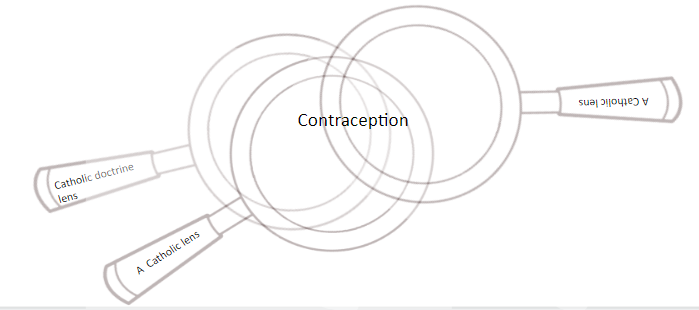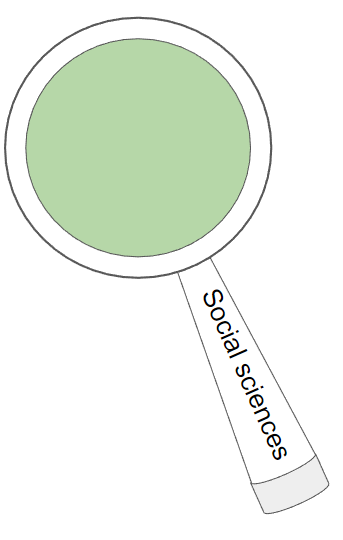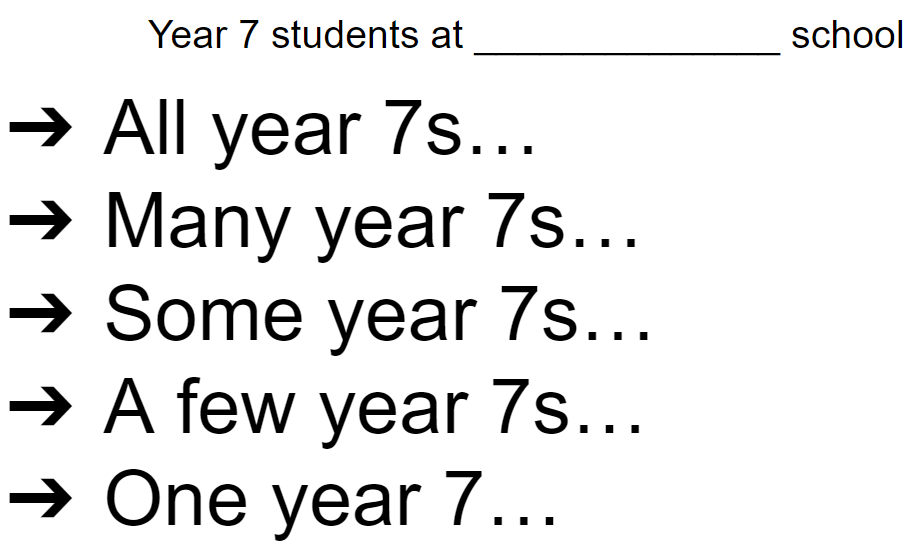Jews don’t eat pork.
Catholics don’t use contraception
Muslims don’t drink alcohol.
Sikhs wear turbans
Non-religious people are atheists
These may be commonly heard statements about religious people. But are they true? I think in RE we need to teach students how to speak about religion and religious/non-religious living and this comes down to how we approach diversity and our use of language in the RE classroom.
Doctrine vs reality?
This week I have started Theme A of AQA GCSE with my students. I’m not a fan. It’s the relationships and family unit which includes contraception, sexuality and divorce. I started the lesson explaining to the students that this unit includes things that are controversial and may be uncomfortable. It includes teachings that I know they won’t agree with and it’s really difficult to manage their perception of a religion from this. So I explained to them that the religious beliefs and teachings I will be teaching them stand alongside the reality of how people live. Religion isn’t just what the sources of authority say but is a much bigger thing that I want them to know about. I think that we can partly manage controversy and diversity by including what religious people do when we know what their sources of authority actually say.
This is where the use of different disciplines in RE can be useful. My interpretation of this is that when we’re looking at doctrine we are using Theology and the sources of authority that give beliefs and teachings linked to the topic. We can then use Social Sciences to reflect on the reality of how these beliefs and teachings are followed (or not) in real life.
For example, looking at the use of contraception in Catholic Christianity….
These two sources allow us to consider the doctrine and compare it with some data on the reality. Of course, we should always analyse the text and the data with the students; what’s the source? what might it tell us? How can it be interpreted? Is it representative of a whole group? But this is what allows students to really think about the doctrine and its impact on followers.
All or many or some or few?
I think this is the crucial part for RE teachers to be clear on with students. Which of these is correct to use with the topic/issue we’re teaching and how do we know?
An example is that in recent times there have been suggestions that in RE we should be changing how we speak about Hinduism and Sikhism. I’ve seen a few discussions where there have been views that say we should always use Hindu Dharma or Sanatana Dharma or Sikhi. I’ve then tried to look into the roots of all the terms and the views of people around which should be used and when. What I’ve yet to find is how many Hindus/Sikhs have a preference of which terms should be used. Our students have made it clear to us what they think but are they representative? It’s easy to think that one or two adult voices on social media mean ‘a few’ but its more complicated than that.
So how do we know what the reality is? I’ve found that an internet search is sometimes useful on this. It’s surprising what surveys have been done with religious themes and with respondents for specific religions/groups.
I’ve put together a list that might be useful here: https://docs.google.com/document/d/1CUmVPbWMgVdyN08-bxeif6PmfrN-q1tMfVEojrgTRdQ/edit?usp=sharing
Also, I ask people. I ask people on social media and when we have trips/visits, about their views and interpretations. And I share these. It’s important that students know about what people are saying about their beliefs.
And in the cases where we can’t be sure, ‘some’ is the best bet. It doesn’t indicate a value of how many (like many/few do) and is sufficiently vague. And I am honest with the students when I don’t know. I say ” I don’t know how many _______ would say this”. This promotes the idea that lived religion is complex and we can’t always have a clear answer. I even make this clear with data that we do have. Instead of saying “According to the 2021 census there are 272,508 Buddhists” I say ” In the 2021 census 272,508 people clicked the Buddhist option”. There’s a difference and that difference leads to important discussions about data itself.
Overall it’s the discussion and debate that we need to teach students. It’s the heart of diversity; not just knowing what the diverse views are but WHY they are diverse. I think this should be core to all of our curriculums. It requires subject knowledge and confidence from a teacher but it makes RE a richer and more worthwhile subject.
Helping students to understand
I think this is probably a threshold concept in RE and there are plenty of adults that haven’t crossed the threshold! Doctrine is not always reflected in real lived religion and we need to think carefully about how we present that.
This activity has been so useful that I have done it with all groups and will repeat it throughout their RE experience.
I give students the following sentence starters (example for year 7):
They then need to complete the statements with accurate/true endings. It’s actually quite tricky to come up with an ‘All’ that is correct and only applies to year 7s, and that’s the point. There’s also very little that we can say is true for all followers of a religion. Have a go yourself! How many ways could you finish the sentence “All Christians….” which is accurate? I can think of a few endings.
I then link it to the religion/view we’re studying. I sometimes then get students to complete one of them in their starter quiz. It is a real indicator of understanding of what they’ve been taught.
I then use and emphasise these as I teach and encourage the students to use them. The language in itself acknowledges diversity and an understanding of reality.
GCSE and diversity
If we consider diversity in the GCSE then it mostly comes down to diversity of belief/religious practices from interpretations of doctrine. The exam does not require students to talk about the reality of lived religion. Whilst some argue that we should go back to the old exam assessment where all opinions were valid and could be credited, I think we need to actually combine both doctrine and lived religion (not ‘anything goes’). A good bit of Theology and some structured Social Science is what I would like to see. Anyway, I do think, for AQA at least, there is room for the reality (apologies if you don’t know the AQA assessment).
4 and 5 mark questions are generally questions that require students to answer questions about doctrine. However, in 12 mark questions I think a rich, informed argument would involve the reality. Students can give the doctrine and agreed interpretations from religious leaders however they can use real lived religion as part of a logical argument. For example, “Whilst the Catholic Catechism describes the use of artificial contraception to prevent conception as ‘Intrinsically evil’, some Catholics will use it because…..”.

This is especially important with the binary options given in some 12 mark statements; using knowledge of how people really live can enhance their answers. So, I’m going to teach them the reality alongside the doctrine.
Diversity
So how do you approach diversity of belief/practices/views in your classroom? Do your students understand that a ‘religion’ doesn’t mean one way and that it is rich and varied? Is the language that you/students use appropriate for the reality? How do you know?





Great points. I am a Buddhist. My wife is a Buddhist. She believes in the transmigration of the soul. She also believes we are soulmates. I believe dogmatically in anatta. It causes problems!
Yes! Diversity of and diversity within faith positions, responses and actions, and worldviews